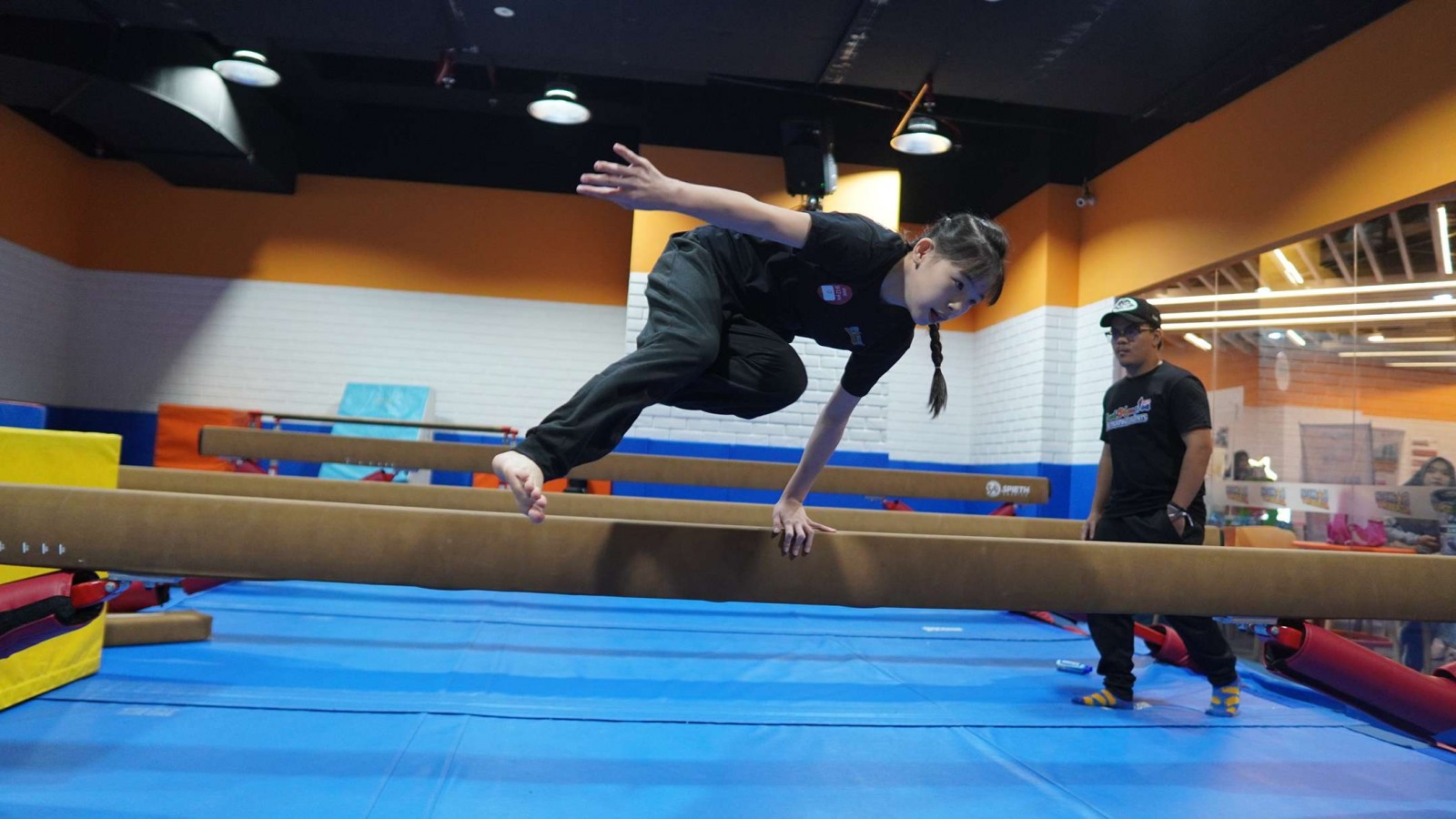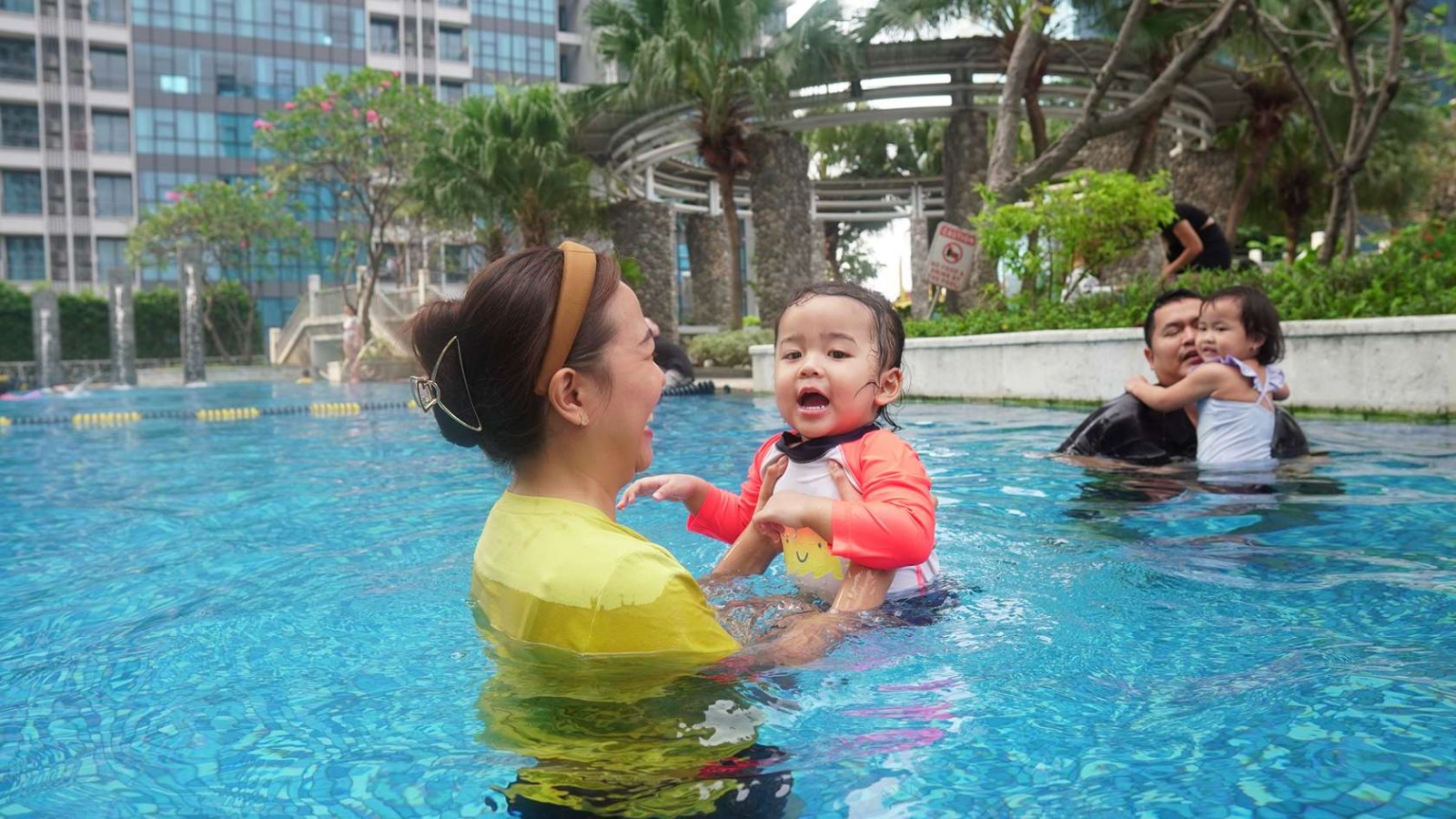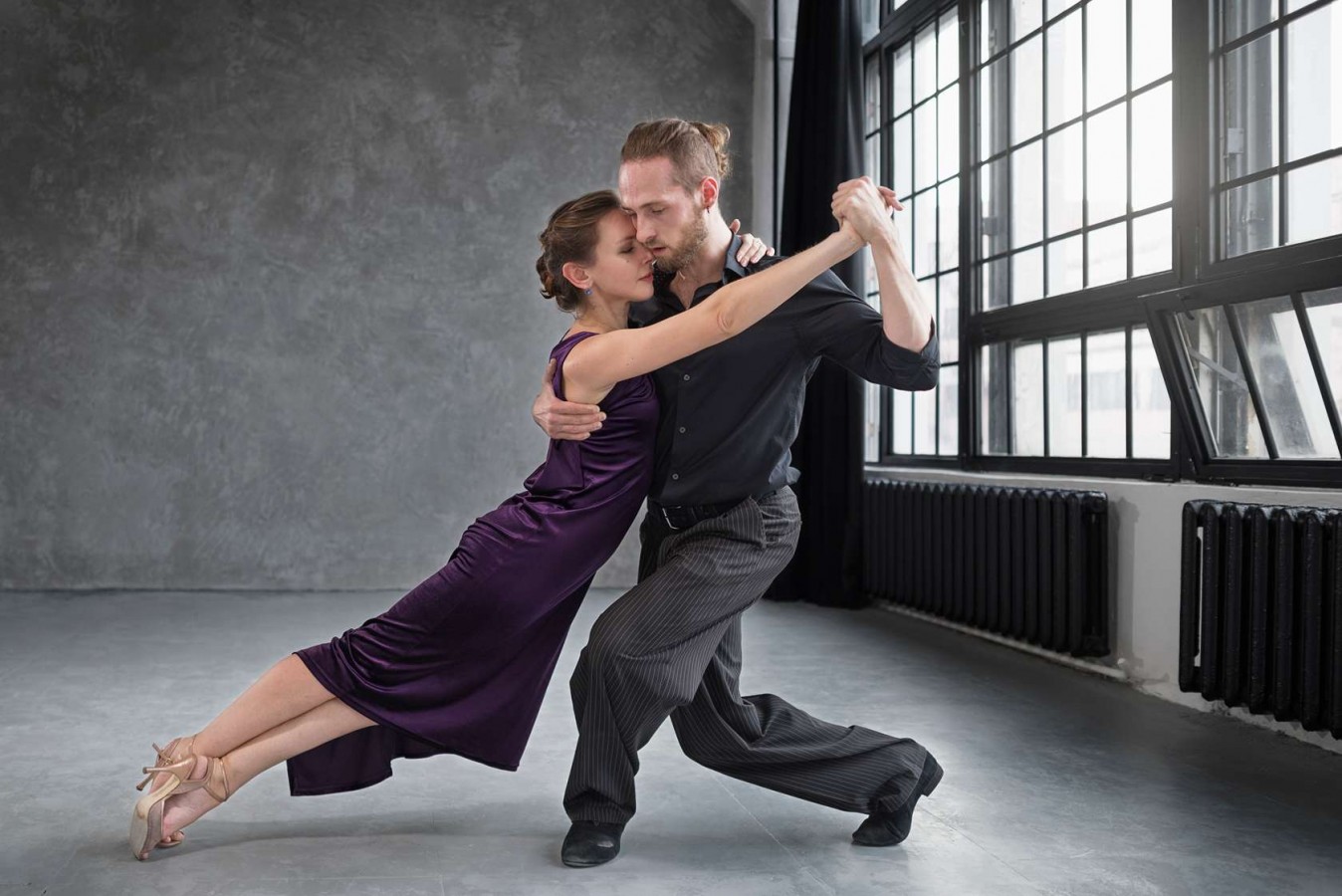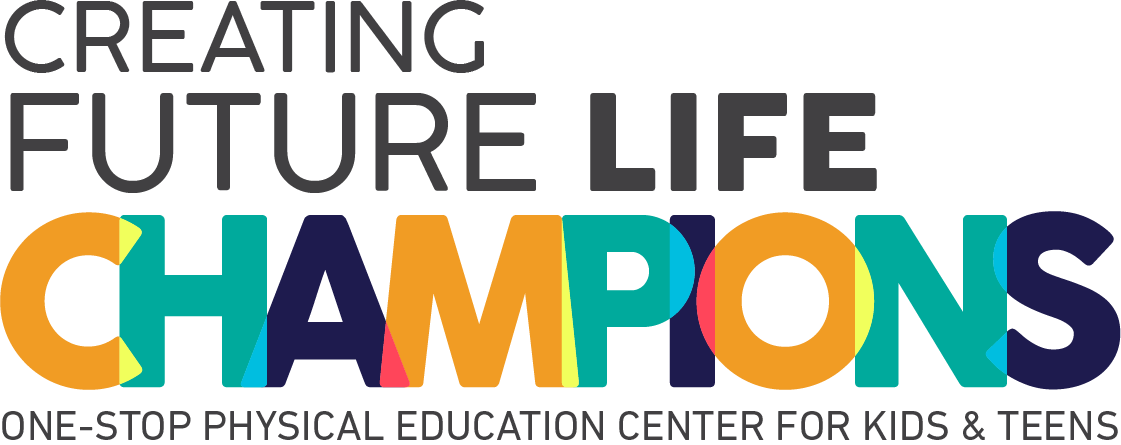What Muscle Does Swimming Work? A Guide to Building Strength with Every Stroke
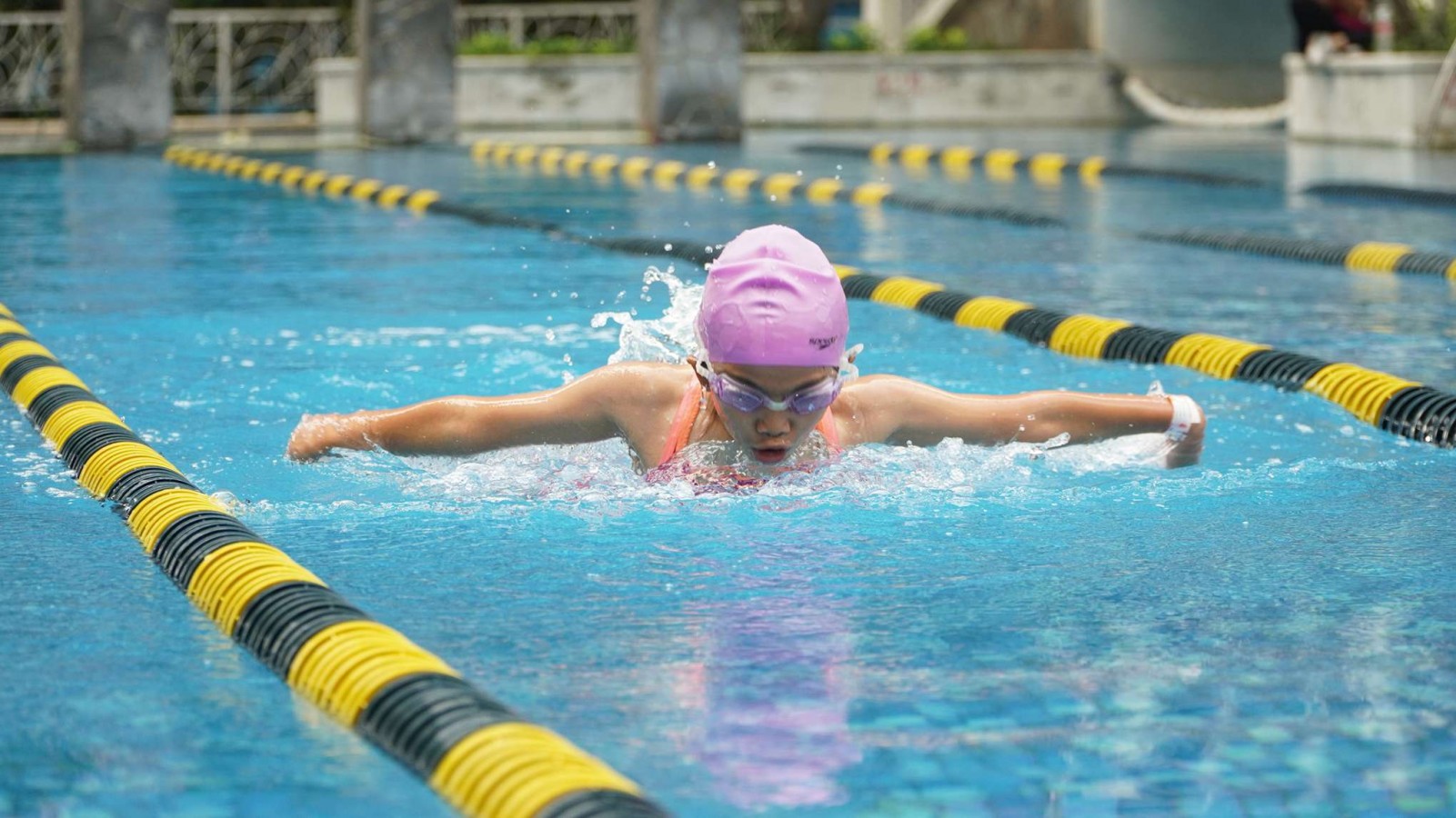
Swimming is a full-body workout that engages multiple muscle groups at the same time! Whether you’re gliding through the water with the butterfly stroke or perfecting your freestyle, swimming helps build strength, endurance, and flexibility. But have you ever wondered which muscles you’re actually working with each stroke? Let’s dive in!
The Main Muscle Groups Used in Swimming
Swimming targets both upper and lower body muscles while also engaging the core. Here’s a breakdown of the primary muscle groups involved:
- Shoulders (Deltoids & Rotator Cuffs) – Essential for arm movements and stroke propulsion.
- Chest (Pectoral Muscles) – Engaged when pulling the water, especially in strokes like breaststroke and butterfly.
- Back (Latissimus Dorsi, Trapezius, & Rhomboids) – Crucial for maintaining posture and powering through each stroke.
- Arms (Biceps & Triceps) – Provide power during strokes and help with forward movement.
- Core (Abdominals & Obliques) – Helps maintain stability and balance in the water.
- Legs (Quadriceps, Hamstrings, Calves, & Glutes) – Propel the body forward and support kicking motions.
How Each Swimming Stroke Works Different Muscles
Swimming is one of the best full-body workouts because it engages almost every muscle group while being low-impact on the joints. Each stroke, however, has a unique way of targeting different muscles. Let’s break it down stroke by stroke.
1. Freestyle (Front Crawl)
Freestyle is the most common and fastest swimming stroke. It’s often used in races and lap swimming because of its efficiency. Here’s how it strengthens different muscle groups:
a. Shoulders & Arms
Every stroke engages the deltoids, biceps, and triceps, especially during the pull and recovery phases. The constant rotation of the shoulders also helps improve shoulder mobility and endurance.
b. Back Muscles
The latissimus dorsi (the broad muscles on your back) generate power when pulling through the water, while the trapezius and rhomboids stabilize the upper back.
c. Core Muscles
The obliques and abdominals play a crucial role in keeping the body aligned and reducing drag. A strong core prevents unnecessary twisting and helps maintain a streamlined position.
d. Legs & Glutes
The quadriceps, hamstrings, and calves power the flutter kick, keeping the swimmer balanced and moving forward.
How to Build Muscle with Freestyle:
- Use hand paddles or a drag suit to add resistance and build upper-body strength.
- Strengthen your kick by using kickboards and ankle weights during dryland training.
- Do interval sets (sprinting followed by recovery) to maximize muscle engagement.
2. Backstroke
Backstroke is the only stroke where you swim on your back, which is great for posture and spinal alignment. Unlike freestyle, where your face is in the water, backstroke allows for easier breathing, making it beginner-friendly.
a. Shoulders & Upper Back
The deltoids and trapezius work hard during the overhead arm motion, while the rhomboids stabilize the shoulders.
b. Latissimus Dorsi
This large muscle on the back is engaged when pulling the arm through the water, generating power for movement.
c. Core Muscles
Your abs and lower back keep your body aligned and prevent the hips from sinking.
d. Legs & Glutes
The quadriceps and hamstrings power the flutter kick, providing propulsion without excessive strain on the knees.
How to Build Muscle with Backstroke:
- Use ankle weights during dryland training to develop leg strength.
- Incorporate strength and conditioning training for swimmers.
- Perform backstroke sprint sets to improve muscular endurance and strength.
3. Breaststroke
Breaststroke is unique because it involves a simultaneous arm movement and a powerful frog-like kick, which works both the upper and lower body in different ways.
a. Chest & Shoulders
The pectorals and deltoids are heavily used when pushing water outward during the stroke.
b. Inner Thighs & Glutes
The adductors (inner thigh muscles) and glutes are responsible for the strong, outward movement of the legs.
c. Core Stability
The abdominal muscles help maintain a streamlined position between each stroke to minimize drag.
d. Triceps & Forearms
The pull phase relies on the triceps and forearms to push water backward efficiently.
How to Build Muscle with Breaststroke:
- Use resistance bands for chest and shoulder strengthening.
- Do weighted squats and lunges to improve leg power.
- Train with a pull buoy to isolate the upper body and enhance arm strength.
4. Butterfly
Butterfly is one of the most challenging strokes because it requires explosive power, endurance, and coordination. It’s a fantastic way to build strength across multiple muscle groups.
a. Shoulders & Chest
The deltoids and pectorals drive the powerful arm movements, which require a high level of upper-body strength.
b. Back Muscles
The latissimus dorsi, trapezius, and rhomboids work hard to pull the arms back over the water.
c. Core Engagement
The abs and lower back generate the dolphin-like motion needed for this stroke, making it one of the best strokes for core activation.
d. Legs & Glutes
The quadriceps, hamstrings, and glutes produce power for the dolphin kick, one of the strongest kicks in swimming.
How to Build Muscle with Butterfly:
- Practice dolphin kick drills with a resistance band for added intensity.
- Add deadlifts and bent-over rows to strengthen the back and shoulders.
- Train with swim fins to develop explosive leg power.
Strength Training to Complement Swimming
Here’s how strength training can complement your swimming and help you develop the right muscles for each stroke.
1. Upper Body Exercises
Your upper body is crucial for powerful strokes and efficient propulsion. Strengthening your shoulders, chest, and back will help you generate more force with each pull. Here’s what you can do:
- Pull-ups
This exercise targets your back, shoulders, and arms, mimicking the pulling motion in swimming. A strong back is essential for freestyle, backstroke, and butterfly, as it helps with arm recovery and stroke efficiency. Try adding variations like wide-grip or chin-ups to activate different muscle groups.
- Push-ups
Push-ups engage your chest, shoulders, and triceps, which are vital for powerful strokes, especially in breaststroke and butterfly. Regular push-ups will improve your ability to push water back effectively, increasing your forward momentum.
2. Core Workouts
A strong core is key to maintaining balance and stability in the water. It helps you streamline your body position, improve rotation, and generate more power with every stroke.
- Planks
Planks work your entire core, helping you maintain a straight body position while swimming. A stronger core reduces drag in the water and improves stroke efficiency. Try side planks to enhance rotational strength, which is especially useful for freestyle and backstroke.
- Russian Twists
This exercise strengthens the obliques, which are essential for body rotation in freestyle and backstroke. A strong rotation allows for a longer reach and more efficient breathing. Adding a medicine ball or weight increases resistance and further strengthens these muscles.
- Hanging Leg Raises
These target your lower abs, which play a significant role in dolphin kicks (butterfly) and flutter kicks (freestyle and backstroke). A strong lower core also helps stabilize your body when turning or pushing off the wall.
3. Lower Body Workouts
Your legs provide the propulsion needed to glide efficiently through the water. Strong, flexible legs improve your kicking power, starts, and turns.
- Squats & Lunges
These exercises strengthen your quads, hamstrings, and glutes, which are crucial for powerful kicks in every stroke. Breaststroke kickers, in particular, benefit from strong inner thighs and glutes. Adding resistance, such as dumbbells or resistance bands, increases muscle activation.
- Calf Raises
Strong calves contribute to better ankle flexibility, which is essential for efficient kicking. Whether you’re doing flutter kicks or dolphin kicks, having flexible ankles helps you move through the water with less resistance. Performing calf raises regularly can also prevent cramps during long swimming sessions.
Ready to Build Muscles Through Swimming?
Swimming is an incredible way to build strength, endurance, and overall fitness while working nearly every muscle in the body. And if your child has a passion for swimming, why not help them reach their full potential through a swimming program?
At Rockstar Academy, we offer top-tier swimming programs designed to nurture young swimmers, helping them grow in skill and confidence. As the best Sports & Performing Arts Academy, Rockstar Academy provides structured training that not only enhances physical ability but also prepares students for exciting competitions like RockOlympics.
It is a one-of-a-kind experience where they can showcase their talent and discover their true potential. For those who want a more personalized approach, Rockstar Academy also offers Private Instruction Programs, where students receive individualized coaching, progress tracking, instructor feedback, and even at-home training exercises to accelerate their development. Sign up today and don’t forget to claim your free trial class before enrolling!
FAQ
Can swimming help build muscle like weightlifting?
Yes! While swimming won’t bulk you up like weightlifting, it tones and strengthens muscles by using water resistance.
Which stroke is best for muscle building?
Butterfly is the most challenging and engages the most muscle groups, but freestyle and breaststroke also provide excellent muscle-building benefits.
How often should I swim to see muscle growth?
Swimming 3-5 times per week, combined with strength training, will help build muscle effectively.
